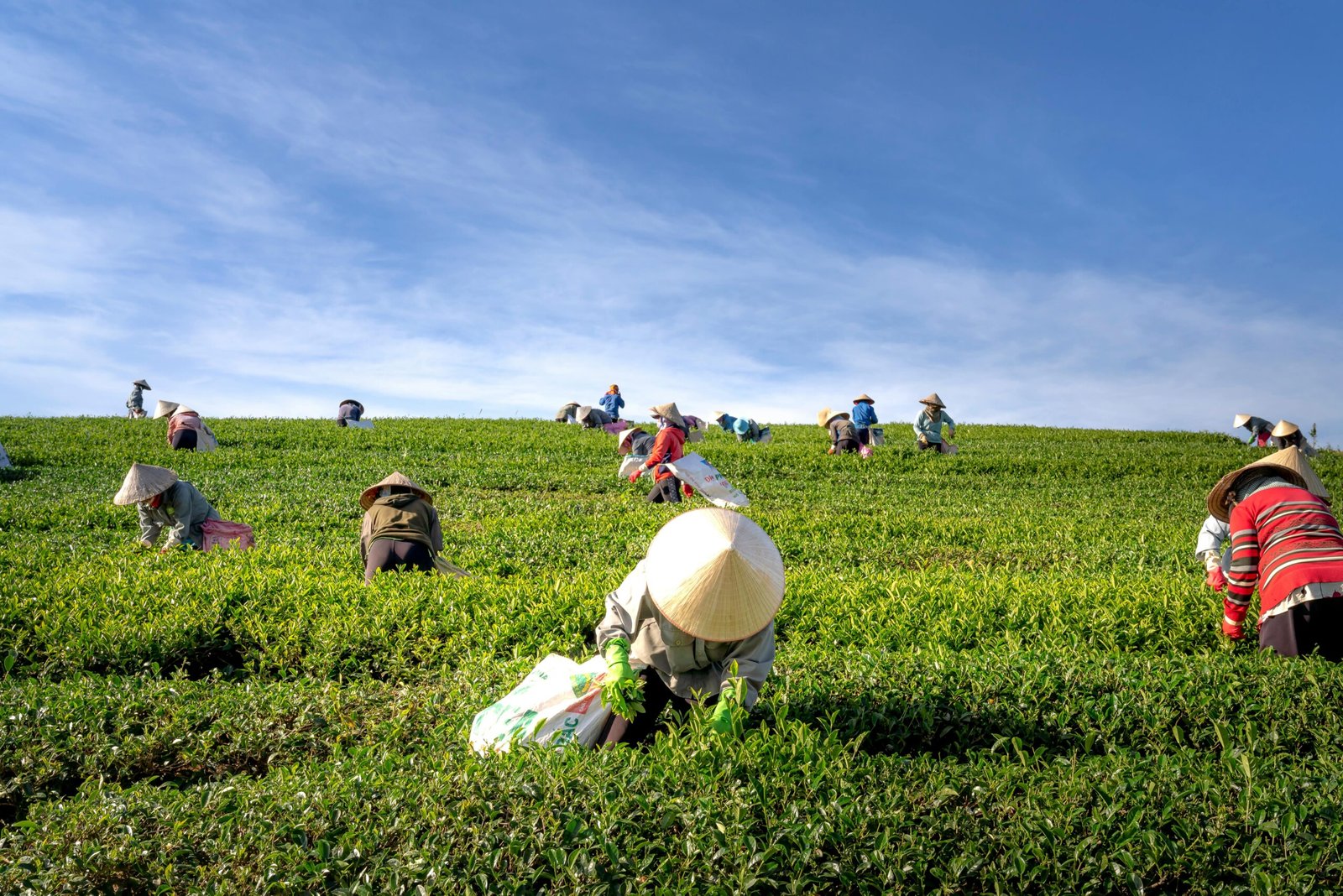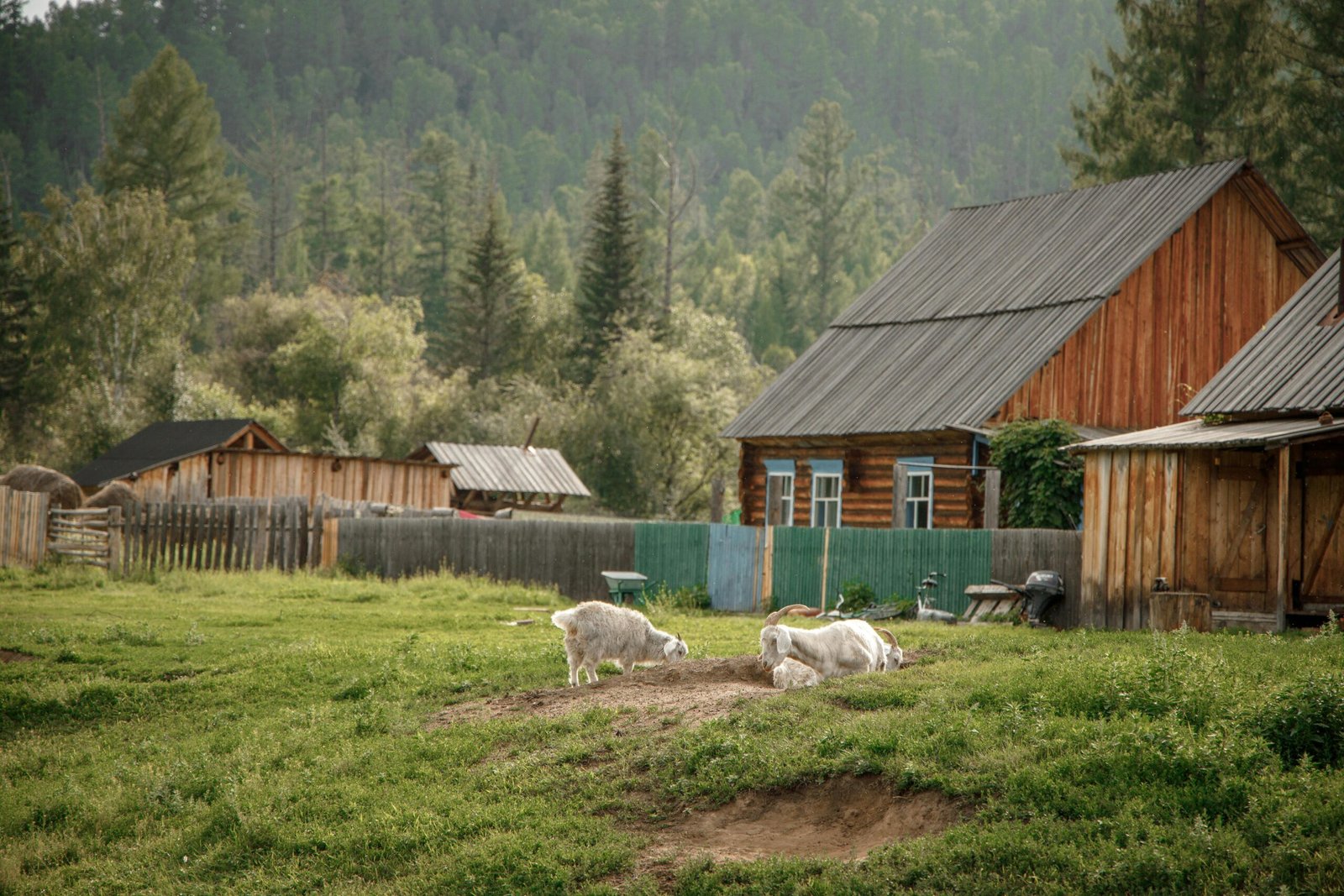Smart Farming: How Technology is Boosting Crop Yields and Reducing Costs
The agriculture industry has long been vital to the global economy, feeding billions of people and providing raw materials for various industries. However, traditional farming practices, while effective, have often struggled to meet the increasing demands of a growing population and the challenges posed by climate change. Enter smart farming an innovative approach that integrates cutting-edge technology to improve the efficiency, sustainability, and profitability of farming.
In this blog post, we’ll explore how smart farming is transforming the agricultural sector, from boosting crop yields to reducing costs, and helping farmers navigate the complexities of modern agriculture.
1. Precision Agriculture: The Power of Data
At the core of smart farming is precision agriculture, which involves using technology to gather and analyze data on various aspects of farming. With the help of GPS, drones, and sensors, farmers can collect real-time data on soil conditions, weather patterns, moisture levels, and crop health. This data enables farmers to make more informed decisions, apply the right amount of water, fertilizers, and pesticides, and target specific areas of a field for treatment.
By using precision farming tools, farmers can:
- Increase crop yields by applying resources more effectively.
- Reduce waste by only using necessary inputs.
- Minimize environmental impact through optimized resource use.
Example: A farmer can use sensors in the soil to determine the exact amount of water needed in a particular field, ensuring that crops receive the optimal amount without excess water wastage.
2. Drones and Satellite Imaging for Crop Monitoring
Drones and satellite imaging are revolutionizing the way farmers monitor and manage their crops. These technologies provide high-resolution aerial images that can help detect early signs of crop disease, pest infestations, or nutrient deficiencies. With drones, farmers can assess their fields quickly and accurately, without the need for manual inspection.
The benefits of drone technology in smart farming include:
- Real-time data collection of crop conditions across large areas.
- Early detection of problems, enabling quick action to reduce crop losses.
- Improved yield forecasts, based on precise and timely information.
Example: A farmer uses drone technology to monitor crop health across 100 acres, identifying a patch of soil with a nutrient deficiency. The farmer can then apply the necessary fertilizer to that area, improving crop health and yield.
3. Automated Equipment and Robotics
Automation in farming is no longer a futuristic concept—it’s already being implemented to streamline farming operations. Robotic harvesters, self-driving tractors, and automated irrigation systems are examples of how technology is making farm work more efficient. These machines can work around the clock, ensuring that tasks such as planting, watering, and harvesting are done with minimal human intervention.
Benefits of automation in farming include:
- Increased efficiency: Reduces the need for manual labor, allowing farmers to focus on other critical tasks.
- Reduced labor costs: Helps address the shortage of skilled agricultural workers.
- Precision: Automated systems perform tasks with high accuracy, reducing errors and maximizing output.
Example: A robotic harvester is programmed to pick ripe crops during the night when temperatures are cooler, optimizing the harvesting process and minimizing waste.
4. Artificial Intelligence and Machine Learning for Decision-Making
Artificial Intelligence (AI) and Machine Learning (ML) are playing an increasingly significant role in decision-making within smart farming. AI-powered tools can analyze vast amounts of data to predict crop yields, weather patterns, and pest outbreaks. Machine learning algorithms can learn from past data to make accurate predictions, helping farmers plan for future seasons and optimize their resources.
By utilizing AI and ML, farmers can:
- Improve forecasting: Predict crop yields and demand to plan accordingly.
- Enhance decision-making: Make data-driven decisions for planting, irrigation, and harvesting.
- Optimize labor and resource allocation: Reduce unnecessary expenditures on labor and inputs.
Example: AI software can analyze weather forecasts, soil moisture levels, and historical yield data to recommend the best time to plant crops, improving overall harvest efficiency.
5. Smart Irrigation Systems: Water Conservation at Its Best
Water scarcity is one of the biggest challenges faced by farmers, especially in arid regions. Traditional irrigation methods often lead to overwatering or inefficient use of water resources. Smart irrigation systems use real-time data from soil moisture sensors, weather forecasts, and satellite imaging to deliver water precisely when and where it’s needed.
The benefits of smart irrigation systems include:
- Water conservation: Reduces water usage by ensuring crops receive the exact amount of water required.
- Cost savings: Cuts down on water bills and energy costs.
- Sustainability: Helps farmers maintain crops in water-scarce regions without depleting local water sources.
Example: A smart irrigation system automatically adjusts the water flow to a field based on weather forecasts, ensuring that crops are not overwatered during a rainy period.
6. Supply Chain Optimization with Blockchain
Smart farming isn’t just about improving the production side of agriculture—it’s also transforming the way crops and goods are transported and sold. Blockchain technology is gaining traction as a tool to enhance transparency and traceability in the agricultural supply chain. By tracking every step of the journey from farm to consumer, blockchain can ensure the authenticity and quality of produce, reduce waste, and streamline transactions.
Key benefits include:
- Enhanced transparency: Consumers and businesses can trace the origins of food products.
- Reduced waste: Optimized routes and timing can reduce spoilage during transportation.
- Increased efficiency: Reduces paperwork and manual processes, speeding up the distribution process.
Example: A farm-to-table business uses blockchain to track organic produce from harvest to delivery, ensuring customers receive fresh, ethically sourced food.
Conclusion: The Future of Smart Farming
As technology continues to evolve, the potential for smart farming to revolutionize the agricultural sector is limitless. By leveraging innovations like precision agriculture, drones, AI, and robotics, farmers are now able to boost crop yields, reduce costs, and increase sustainability. With the integration of smart technologies, farming has become more efficient, cost-effective, and environmentally friendly, benefiting not just farmers but the global food supply chain as a whole.
As we move into the future, embracing smart farming will be key to addressing the challenges of feeding a growing population while preserving the planet for future generations. The possibilities for growth and improvement are vast, and technology will undoubtedly continue to play a pivotal role in shaping the future of agriculture.
Are you a farmer looking to implement smart farming technologies? Or perhaps someone interested in learning more about the future of agriculture? Let us know your thoughts and experiences in the comments below!





